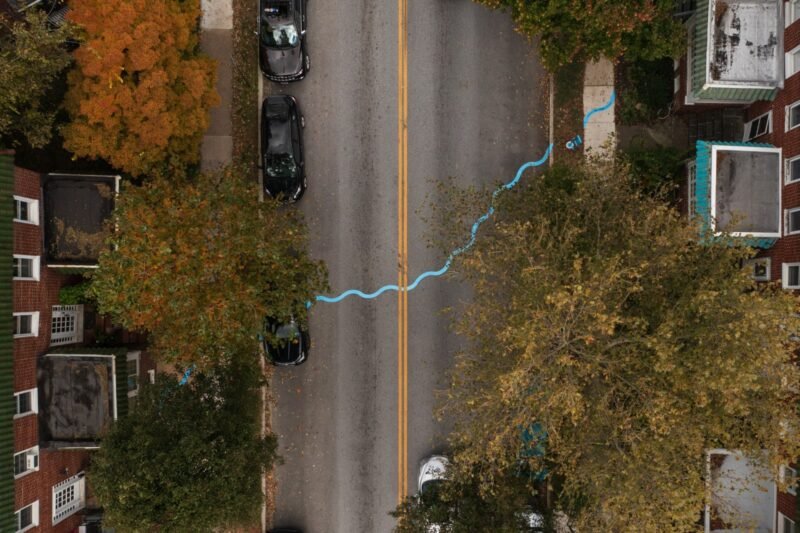Urban Interventions
 Reading Urban Interventions, a recently published book by the ever inspiring German publisher Gestalten is like re-experiencing last two years of Pop-Up City. The book showcases a whole lot of personal projects in public space executed all over the world. It deals with the space we live in and explores all kinds of interventions changing the significance of this public space. Many projects in the book are familiar to faithful readers of this blog, which isn’t strange since the scope of the Urban Interventions book is in perfect line with the themes we like to write about.
Reading Urban Interventions, a recently published book by the ever inspiring German publisher Gestalten is like re-experiencing last two years of Pop-Up City. The book showcases a whole lot of personal projects in public space executed all over the world. It deals with the space we live in and explores all kinds of interventions changing the significance of this public space. Many projects in the book are familiar to faithful readers of this blog, which isn’t strange since the scope of the Urban Interventions book is in perfect line with the themes we like to write about.
First of all, Urban Interventions is a wonderful book. It’s well illustrated and contains the right collection of projects to really get an idea about what happened over the last years in regard to unsolicited initiatives in public space; it’s absolutely worth browsing through. The book doesn’t contain much text, and doesn’t try to explain about the significance of all the reviewed projects, which is okay in this case as most of the projects don’t have very much of a meaning beyond being entertaining, conceptually interesting or changing people’s look on their daily environment. On the other hand, readers who like to know about the art-historical context of this whole movement of critical urban interventions, only have to read two essays, digging up Bertolt Brecht, Helmut Kohl and Yoko Ono as references, in order to give you an idea about the broad context.
An interesting theoretical remark is the statement that “the artists in Urban Interventions do not accept cities as they are”. And their message is very well taken by large groups of urban dwellers who dislike the formally structured city. Many different interest groups live together and don’t find place to do what’s interesting to their lifestyle. Most of the urban interventions here are considered to be a new form of urban engagement beyond graffiti, but with some particular sub-cultural elements in common. Most projects communicate with the people that really want to see it, like a secret language among like-minded people in the city, distributed further on the Internet by blogs and webmagazines like this one.

Brilliant projects that I would like to shed a light or are the different plug-in shelters that Etienne Boulanger made at different places in Berlin between 2001 and 2003. Boulanger constructed single room hotels hidden behind commercial billboards and therefore not unnoticed by official institutions. These projects directly come to the point of avoiding the regular control mega-ism of the city by adapting their own language. Another example is the mini-cooper tent that (P)LOT made. The covers that some people cover their car with to protect it, are copied and set up as a tent on a parking spot. Not to cover a car, but to create a hidden and inconspicuous space for urban camping.

Both projects mentioned here can be considered as classical in the community of critical urbanism. Some projects gained real significance and inspired others to rethink the city. All those projects are bundled in Urban Interventions. Frequent readers blogs such as Rebel Art, PSFK, Urban Shit, Inhabitat, Wooster Collective and of course Pop-Up City, might not discover much they didn’t know about. They buy a beautiful collected work. Others who are interested in cities should definitely buy it to catch up with everything they missed during the past few years.
Urban Interventions: Personal Projects in Public Spaces
R. Klanten, M. Huebner
Gestalten, Berlin
288 pages, full color, hardcover
Price: € 44,00/$ 69,00/£ 40,00
Format: 24 x 30 cm
ISBN: 978-3-89955-291-1



